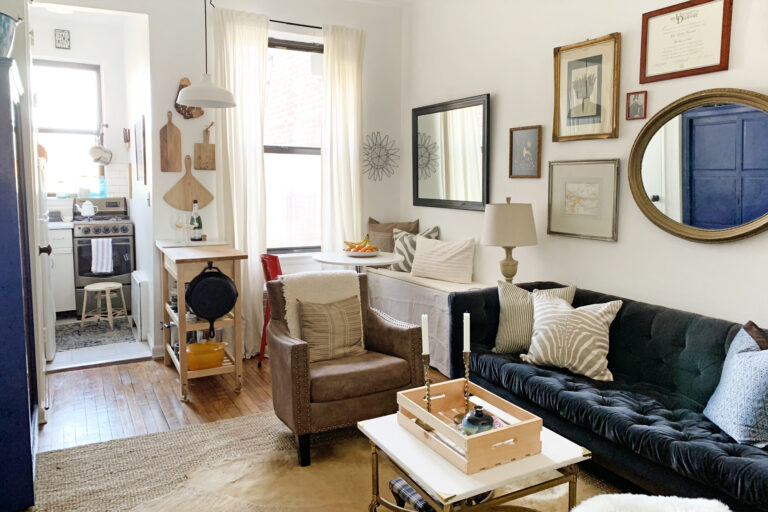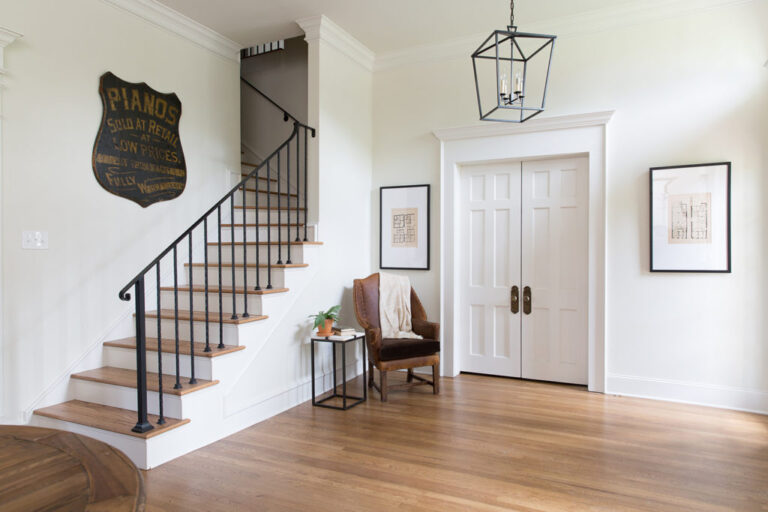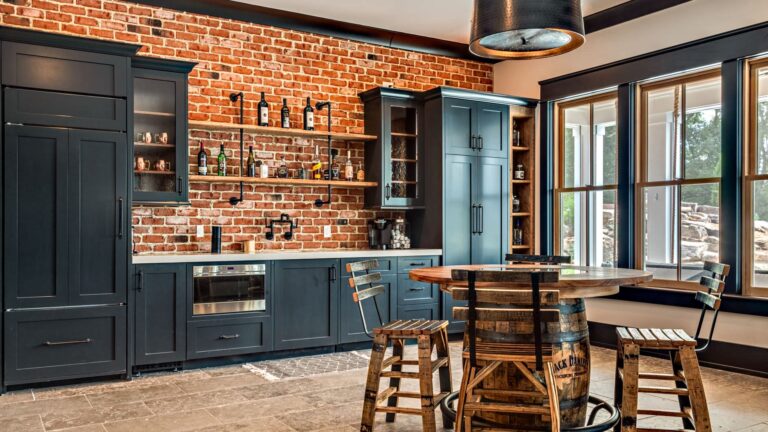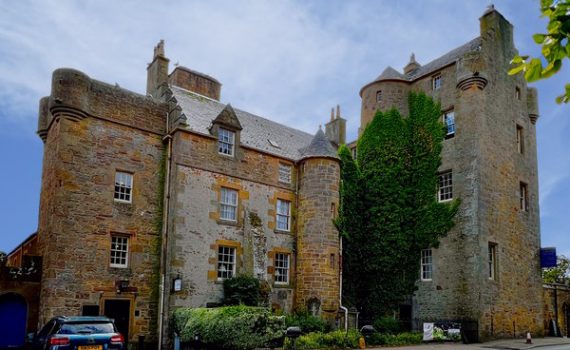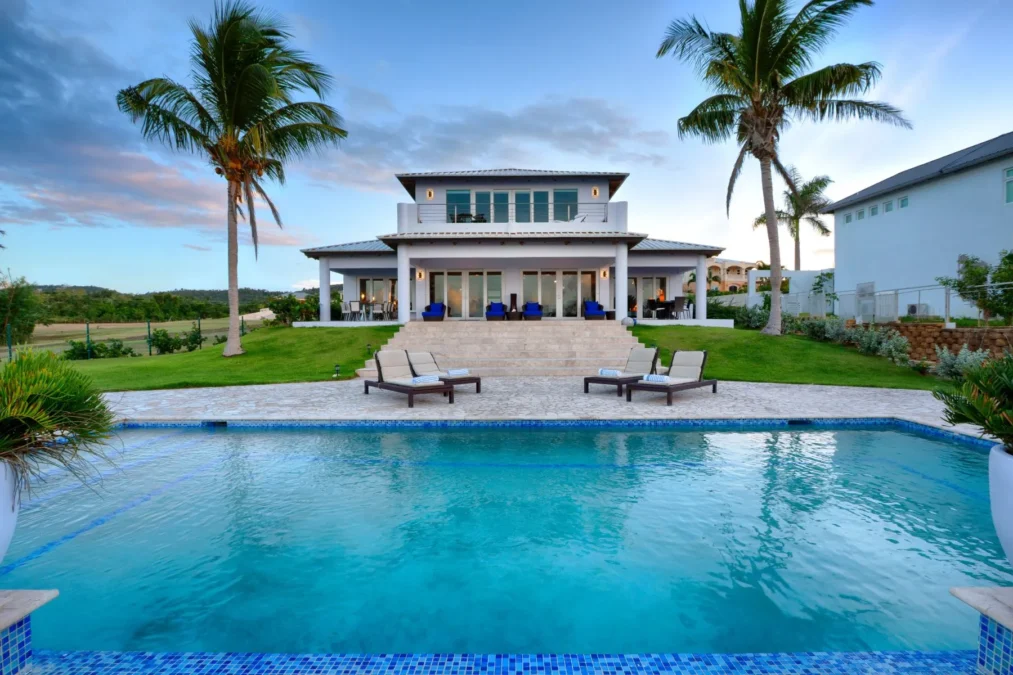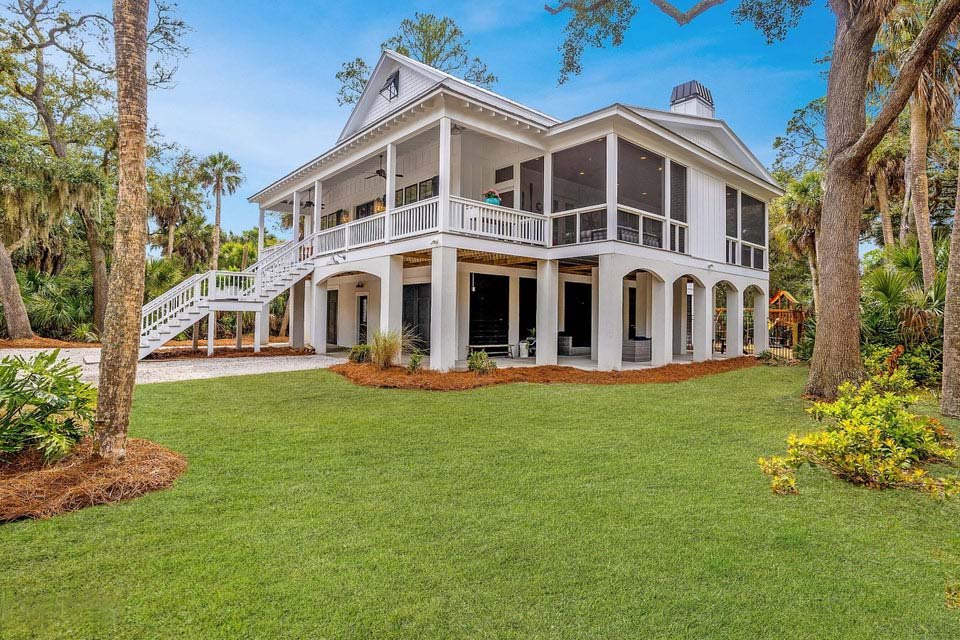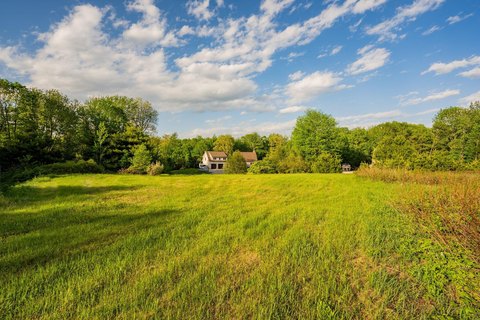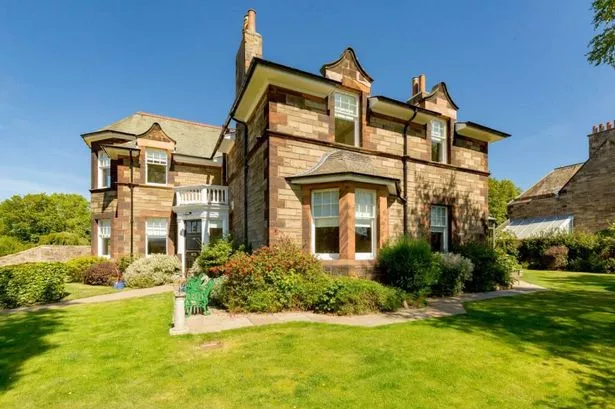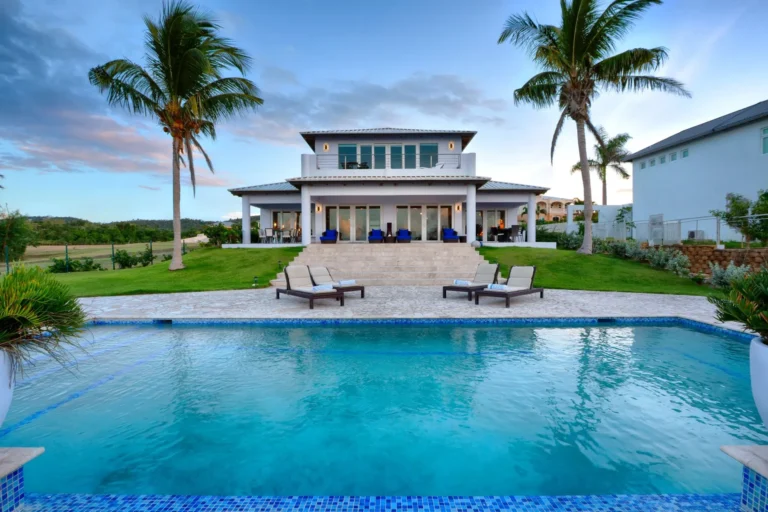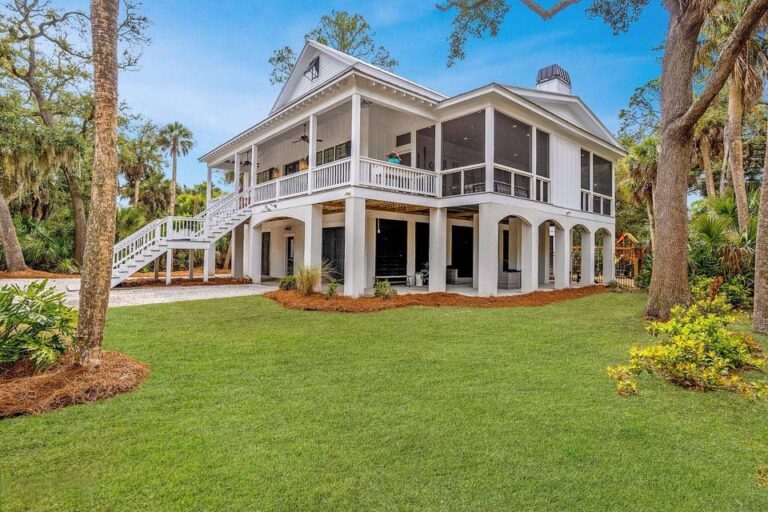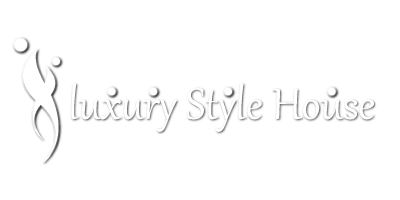As Anna and James drove along the winding roads of the Scottish Highlands, the mist rolling over the hills and the sound of their tires crunching on gravel, their eyes were drawn to the majestic stone structure ahead. It sat atop a small rise, its ancient turrets stretching toward the sky, surrounded by a mix of lush greenery and rugged terrain. For years, they had dreamed of owning a castle—a place rich with history, where every stone had a story to tell. Now, as they approached what could be their future home, it felt like stepping back in time. “Imagine the stories this place has witnessed,” James said, in awe of the castle’s enduring presence. But as exciting as the prospect was, Anna and James knew there were practicalities to consider. Was owning a piece of Scottish history within their reach?
For many, the allure of owning a castle in Scotland is a romantic and historical dream, evoking images of medieval knights, royal banquets, and windswept landscapes. Castles offer the chance to live in a structure that is not just a home but a monument to history and architecture. Whether you’re interested in restoring a ruined castle, converting it into a luxurious residence, or even running a boutique hotel, there are castles for sale in Scotland that fit a range of dreams—and budgets. In this article, we’ll explore the market for castles in Scotland, examine the practical considerations of castle ownership, and look at current trends and pricing in the market.
1. A Rich History of Scottish Castles
Scotland’s castles date back as early as the 12th century, built originally for defense and later becoming symbols of power and status for Scottish nobility. During the Middle Ages, many Scottish clans built their own fortified homes, and over the centuries, these structures have witnessed battles, royal intrigue, and significant events in Scottish history.
At the height of Scotland’s feudal system, castles were essential for defending against invaders and controlling surrounding territories. As architectural techniques advanced, castles became not only strongholds but also homes of luxury, with intricate designs, grand halls, and lavish gardens.
Today, many of these castles still stand—some in pristine condition, others in picturesque ruins, and some that have been converted into modern-day residences. Scotland is home to more than 2,000 castles, making it one of the best places in the world to find castles for sale. (Source: Historic Environment Scotland, 2021)
2. The Market for castles for sale in scotland
2.1. Prices and Affordability
The market for castles in Scotland is diverse, ranging from relatively affordable options to multimillion-pound estates. While owning a castle might seem like an unattainable fantasy, the reality is that there are castles available at a variety of price points.
According to a report from Savills, the average price of a castle in Scotland is around £2 million. However, the market offers a wide range of opportunities. Smaller castles, particularly those that require restoration, can be found for as little as £500,000. At the other end of the spectrum, fully restored and modernized castles in prime locations can exceed £5 million. (Source: Savills, “Scottish Property Market Report,” 2022)
For example, in 2021, Knockhall Castle, a 16th-century ruin located in Aberdeenshire, was listed for £130,000, offering a unique opportunity for restoration enthusiasts to bring the castle back to life. On the higher end, castles such as Seton Castle—a fully restored 18th-century property near Edinburgh—sold for £8 million in 2020, showcasing the variety of properties available to different types of buyers. (Source: The Scotsman, 2021)
2.2. International Buyers and the Appeal of Scotland
One notable trend in the Scottish castle market is the interest from international buyers, particularly those from the United States, Europe, and Asia. Scotland’s scenic beauty, rich history, and favorable property laws have made it a popular destination for foreign investors.
According to Knight Frank, 44% of castle purchases in Scotland over the past decade have been made by international buyers. Many of these buyers are attracted to the idea of owning a second home, a vacation property, or even a unique venue for hosting events such as weddings or corporate retreats. (Source: Knight Frank, “International Property Buyers Report,” 2021)
With favorable exchange rates and the appeal of Scottish culture, foreign buyers see Scottish castles not just as homes but as investments with long-term potential. Tourism in Scotland continues to grow, and castles that are converted into hotels or event spaces can generate significant income.
3. The Practicalities of Owning a Castle
As romantic as the idea of owning a Scottish castle might be, there are several practical considerations that potential buyers need to keep in mind. Castles, particularly those that are centuries old, come with unique challenges that can be both costly and time-consuming.
3.1. Restoration and Maintenance
One of the biggest factors to consider when buying a castle is the cost of restoration and ongoing maintenance. Many castles, particularly those available at the lower end of the price spectrum, require extensive renovations to make them habitable. According to Historic Environment Scotland, the cost of restoring a dilapidated castle can range from £500,000 to several million pounds, depending on the condition of the structure and the level of modernization required. (Source: Historic Environment Scotland, 2021)
Even castles that are already in good condition will require regular maintenance. Older buildings often need repairs to stonework, roofing, and plumbing, and the costs can quickly add up. In some cases, buyers may also be required to preserve certain historical features of the property, which can limit the scope of renovations.
3.2. Heating and Utilities
Another challenge of owning a castle is the cost of heating and utilities. Castles were built long before modern insulation and heating systems, meaning that they can be difficult—and expensive—to heat in the colder months. According to a report by Country Life, heating costs for a medium-sized castle in Scotland can exceed £10,000 per year, especially if the property has large, drafty rooms and high ceilings. (Source: Country Life, “The Real Costs of Owning a Castle,” 2020)
Modernizing the heating and electrical systems in a castle can help reduce these costs, but it can be a significant upfront investment.
3.3. Legal and Planning Regulations
Many Scottish castles are listed buildings, meaning they are protected by law due to their historical and architectural significance. This means that any changes to the property—whether structural or cosmetic—must be approved by local authorities. Buyers need to be aware of these restrictions and should consult with professionals who specialize in historic properties to ensure compliance with planning regulations.
4. Why Buy a Castle in Scotland?
Despite the challenges, there are several compelling reasons why people choose to buy castles in Scotland.
4.1. A Piece of History
Owning a Scottish castle is not just about the property itself—it’s about becoming a steward of history. Castles are living reminders of Scotland’s past, and each one has its own story to tell. For buyers with a passion for history, owning a castle provides a unique opportunity to preserve and live in a piece of Scottish heritage.
4.2. Business Potential
Many buyers purchase castles with the intention of transforming them into profitable businesses. Castles can be converted into luxury hotels, event venues, or tourist attractions. According to a report by VisitScotland, heritage tourism accounts for 25% of all tourism revenue in Scotland, and castles are a major draw for visitors. (Source: VisitScotland, 2021)
By capitalizing on the growing demand for unique travel experiences, castle owners can generate significant income through tourism and events. Weddings, corporate retreats, and film productions are all popular uses for Scottish castles.
4.3. Lifestyle and Prestige
Finally, for many buyers, the appeal of owning a castle is the lifestyle and prestige that comes with it. Living in a castle offers a level of privacy, exclusivity, and grandeur that few other properties can match. Whether it’s hosting lavish parties, enjoying sprawling private grounds, or simply having a unique home with a fascinating history, the lifestyle of a castle owner is one of unparalleled luxury and distinction.
Conclusion: Living the Dream of Castle Ownership
For dreamers like Anna and James, the opportunity to own a castle in Scotland represents the chance to live in a home steeped in history and tradition. While the journey to castle ownership comes with challenges—restoration costs, maintenance, and legal considerations—it also offers the chance to be a part of Scotland’s rich cultural heritage.
Whether you’re looking for a personal residence, an investment opportunity, or a historic restoration project, Scotland’s castles for sale offer a wide range of possibilities. With careful planning and a clear understanding of the practicalities involved, owning a Scottish castle can be a dream turned into reality—a place where history, beauty, and modern life come together.


